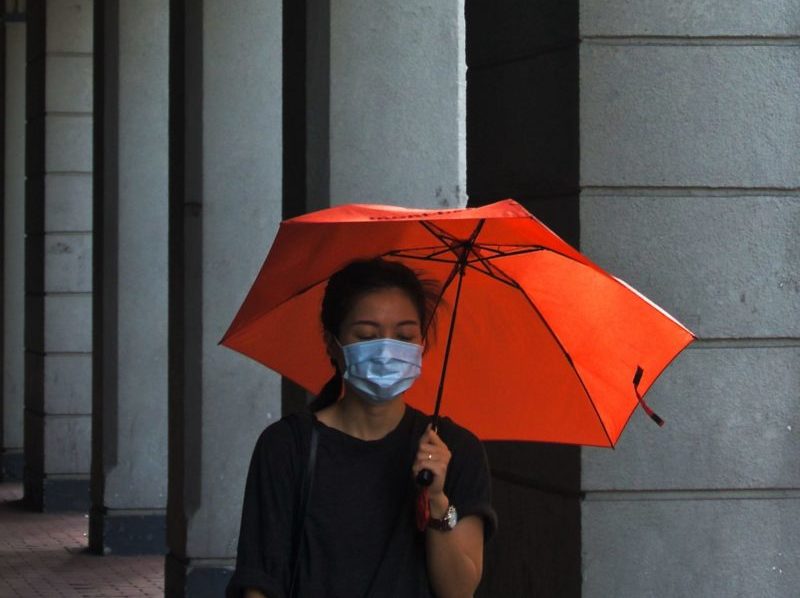Climate Change and COVID19
As most of us continue to work from home, and we stay inside and away from others in the hope of hindering the spread of the coronavirus (COVID19), it’s important to contemplate several links between the slow mover climate change and this horrific quick-moving outbreak.
Our ever-growing population has pushed us to live closer, and more invasively, and increase both the concentration and mobility of people, in denial of the longer term impacts. The UN has concluded that human activity has altered nearly 75% of the earth’s surface. We all know that our overreaching civilization has disrupted nature, wildlife, and ecosystems, placing the environment and human health at risk.
We have seen images of polar ice caps melting, the coral reef losing its beautiful colors, and vast masses of plastic waste in our oceans. Why should we be surprised by the rise of deadly infectious diseases as a consequence to our lack of corrective action? Whatever the original cause of the current coronavirus pandemic, we know in our hearts and minds that our overcrowded and overly mobile society and the weakened environmental defense have increased the spread and acceleration of this disease.
The UN Environment Chief reported in a recent first person article on COVID19 that “…the health of our planet plays an important role in the spread of zoonotic diseases… As we continue to encroach on fragile ecological ecosystems, we bring humans into ever-greater contact with wildlife… Around 75 per cent of new and infectious diseases are zoonotic and, in fact, about 1 billion cases of illness and millions of deaths occur every year from these diseases (Inger Andersen).”
This concept of zoonotic emergence is not new. In 2016, the UN Environment Program announced that zoonotic diseases are interlinked with the health of ecosystems, and flagged these diseases as a major point of concern. COVID10, SARS, MERS, H1N1, and Zika are all zoonotic diseases.
The combination of the population expansion and the reduction of biodiversity creates more opportunities for pathogens to be passed from animals to humans (UN).
This UNEP graphic shows the various environment-related factors that are aiding in this emergence of zoonotic diseases:
Deforestation, agriculture and livestock production, climate change, and antimicrobial resistance are all results of our human efforts to provide for the every-growing over-concentrated human population and all of our wants and needs, whatever the cost.
This takes us back to the thesis of Transformation: to be profitable through an impact investing strategy designed to improve the future of the world. Now, more than ever is the time to be investing in projects, companies, and opportunities that will improve that status of our planetary health, and human health, which in turn, improves the health of the global economy.





Comments (2)
[…] Now, more than ever, it is clear that nature is and has been under an increasing amount of stress as human activity has altered over 75% of the earth’s surface. As the human population continues to grow and as we consume natural resources at exponential rates, we continue to push wildlife and nature into a smaller corner of the planet, and there are consequences. COVID-19 is a reminder of the risks associated with climate change. […]